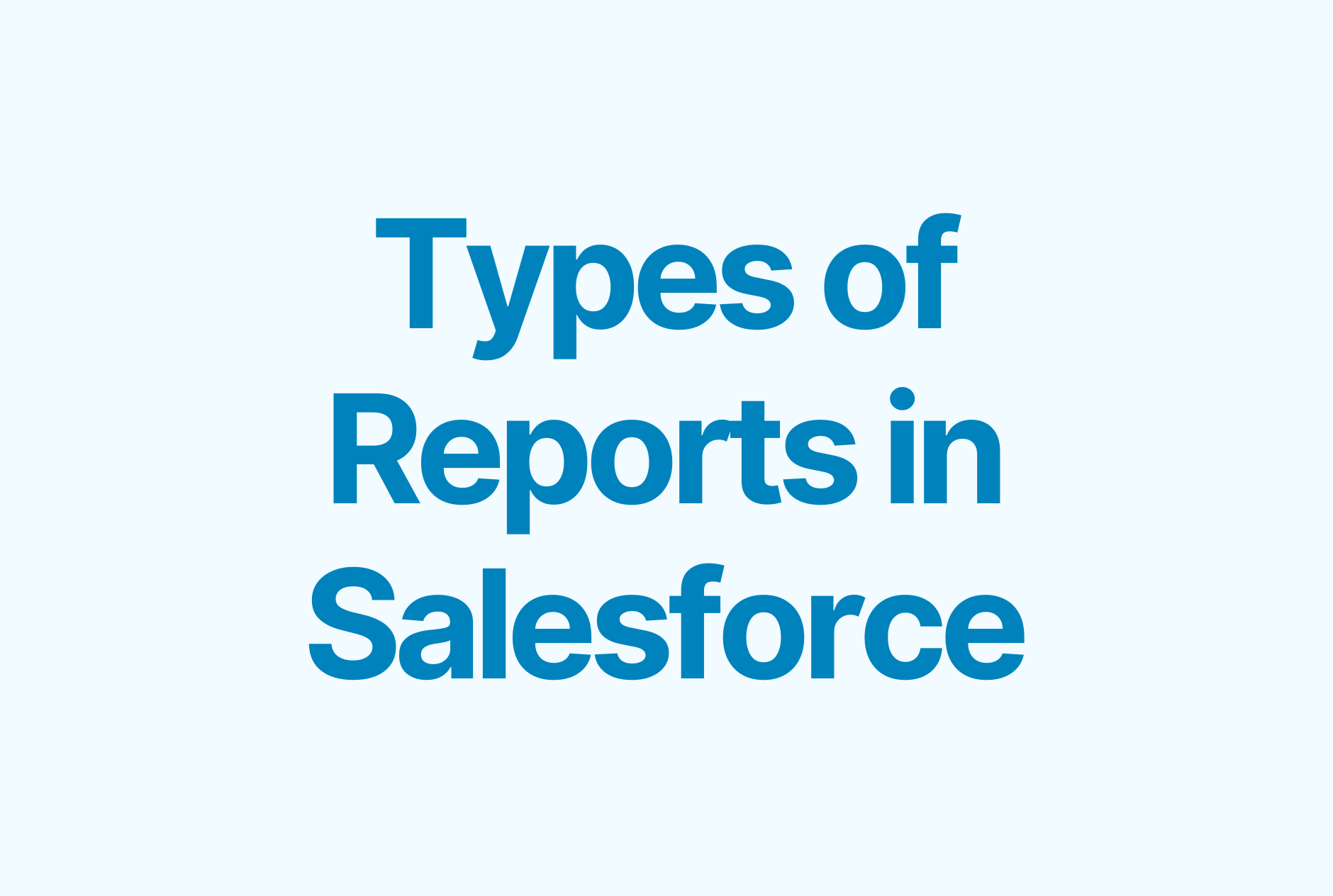4 Steps to Perform a Sales Pipeline Analysis

Performing a sales pipeline analysis is crucial for keeping your pipeline healthy and making sure deals don't fall through.
Keep on reading to learn how to perform a sales pipeline analysis in four simple steps.
What is a sales pipeline analysis?
So, what does it mean to perform a sales pipeline analysis?
As the name suggests, this is the process of breaking down and analyzing the productivity and effectiveness of your sales pipeline, sales process, and sales team performance.
Pipeline analyses are an essential part of growth and are usually performed every month or once per quarter. The frequency depends on the size of your company and your business goals.
Why it's important to analyze the sales pipeline
Business and sales are many things, but static is not one of them. In time, your prospects will change, your products will evolve, you will employ new sales reps, fire some of them, promote others, etc.
To put it simply, every small change will affect your sales pipeline and the journey every prospect goes through. So to enjoy a good return on investment and ensure that you're hitting your revenue goals, you need to analyze sales pipelines, change them when required, and constantly look for ways to improve and optimize the process.
How to analyze your sales pipeline
There are many ways to do it, but the best one so far is going through the different stages of your sales pipeline and analyzing their performance, finding weak spots, and looking to see whether you missed something.
So let's start!
1. Define your analysis goals
Everything starts with defining your pipeline analysis goals. Do you need one to optimize the process and help your sales team be more productive?
Or maybe you've noticed a decrease in the conversion rate in a particular pipeline step and want to find out the reasons why.
You don't do sales pipeline analytics just for the sake of it. You need a purpose.
Sit down with your sales and marketing teams (since a portion of your qualified leads will come from marketing campaigns) and draw a picture of your current situation and what you want to be in the future. Then, ask what they think is missing and what should be included in the pipeline analysis.
Once you have this information, you can move on to the next stage - reviewing the structure of your sales pipeline.
2. Review your sales pipeline structure
Unlike the sales funnel, which is generally the same for most companies, a sales pipeline is unique for each business. So naturally, you will have different sales pipeline stages depending on how big your sales team is, your product or service, your target market, etc.
For example, if you're a SaaS business, you would probably have a demo included in your sales pipeline during your first meetings. This will help the qualified leads to see why this particular tool or software can be useful for their business.
If your company sells physical products, the demonstration for potential customers will probably be in person, so that's something you will have to keep in mind when crafting your sales pipeline.
The most important thing to remember is that a healthy sales pipeline must accurately reflect the buyer's journey of your prospects.
All the pipeline stages need to have a purpose and successfully push the prospect further down in the funnel and closer to becoming a paying customer.
Gather the information from your sales managers, as they will be the best people to tell you what each prospect goes through, whether they are missing something and how the entire sales process can be improved for both sides.
3. Four key metrics to include in your sales pipeline analysis
We already have a more in-depth article about sales pipeline metrics, but to make things easier, here are the 4 most important ones you need to include in your sales pipeline report.
Average Conversion rate
The conversion rate is one of the most vital sales metrics you can include in your analysis. It shows you how many of the sales-qualified leads have turned into paying clients, and it's the best way of measuring the success of your pipeline and sales process. You can even break this down further and analyze the conversion rate at each step or hand-off in the pipeline.
Also, you can look at the overall picture and check the conversion rates for each month, quarter or year. Another way of using this metric is to check the performance of entire sales teams or individual sales reps.
Sales pipeline velocity
Sales velocity refers to the amount of money passing daily through the pipeline, based on the speed of your prospects, a.k.a. how quickly they move through the pipeline.
For example, in the last quarter, you've had 150 closed deals (Conversion rate x number of opportunities), and the average deal value was $8 000. So with a sales cycle of 30 days, your sales velocity is equal to $40 000 for the last three months.
Average sales cycle length
Similar to the previous metric, the average sales cycle length is essential in defining whether your pipeline is as effective as it can be. Generally, the longer a prospect stays in the pipeline, the less likely they are to convert.
It could be due to the sales script or a poorly organized pipeline stage. However, it's also an indicator of sales rep performance or it could also be an issue with the prospect.
Maybe your sales rep has done everything in their power to convince them, but the lead is taking forever to decide, they don't have the authority to decide or the solution you’re offering is not the right one for them. In that case, it's time to let them go and move on to the next.
Average deal size
Knowing the average deal size of your teams and representatives will allow you to make more accurate predictions about whether you will be able to hit your quota and revenue targets for the year.
Actionable insights like this one, along with the average sales cycle length, are used regularly in sales forecasting, which is crucial to sales teams that want to improve their win rate, sales efficiency and be prepared for every possible outcome.
4. Track the results of your analysis
Analyzing is a big part of improving the health of your sales pipeline, but it's still just one part of it.
As soon as you finish with it, implement the required changes, noting down the differences and ensuring everyone is on the same page. Then, after a month, do the same analysis and see whether your pipeline health has improved or if you need to work on it more.
For example, you might notice increased conversion rates and a longer sales cycle length. This may mean that some of your services or products just need more time to sell, which isn't necessarily a bad thing. It just means that you'll need to adjust your expectations.
Tracking will also help you create thorough sales pipeline reports for the management team and ensure that everyone is aware of the changes and can have realistic expectations about the future.













